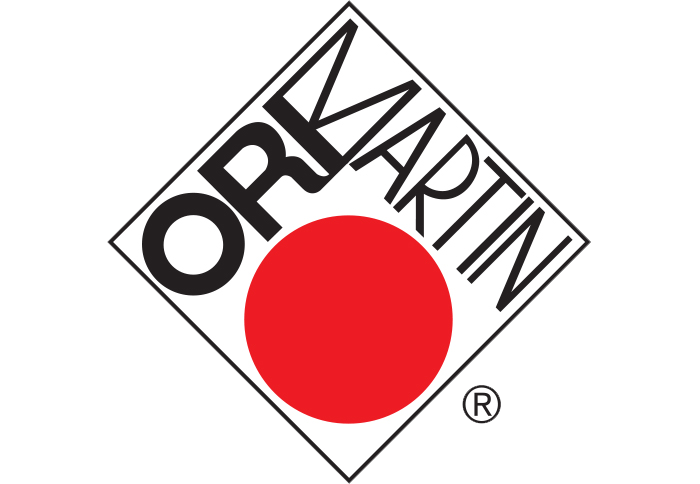The new architectural and structural needs require technological solutions with devices that are able to guarantee a high performance to comply with: ETAG013 guidelines, traceability, easy assembly, durability and resistance against corrosion.
Post-tensioning allows building structures with greater spans and reduced structural beam depths, resulting in larger column-free areas. As a result, internal layouts are not limited by tight columns grids.

The deformation and crack control are some of the aspects that are effectively controlled by the application of cables, in spite of the conventional reinforced concrete structures.
Slab post-tensioning can include bonded as well as unbonded post-tensioning systems.

Bonded systems are carried out with wire strands wrapped in metallic or polyethylene sheaths, provided with grout and vent to allow a correct filling of the cables with cement.
Unbonded systems are carried out with wire strands greased and covered in polyethylene (coated) which do not require any cement grouting.
For both systems, bonded and unbonded, tensioning is carried out strand by strand. Wire strands are then blocked on the active anchorage with a hydraulic locking of wedges on the anchorage.
Post-tensioning technology has been used for many years mainly to build big structures such as: bridges, beams, tanks, etc. Taking advantage of the application of concentrated loads, their capacity to react to loads without cracking the concrete was improved. Smaller structures were carried out using traditional systems, without taking into consideration the possibility to use post-tensioning applications, therefore: industrial floors, diaphragms slabs, foundation piles, which were normally produced with steel reinforcement only, now take great structural advantages of the application of post-tensioning.








